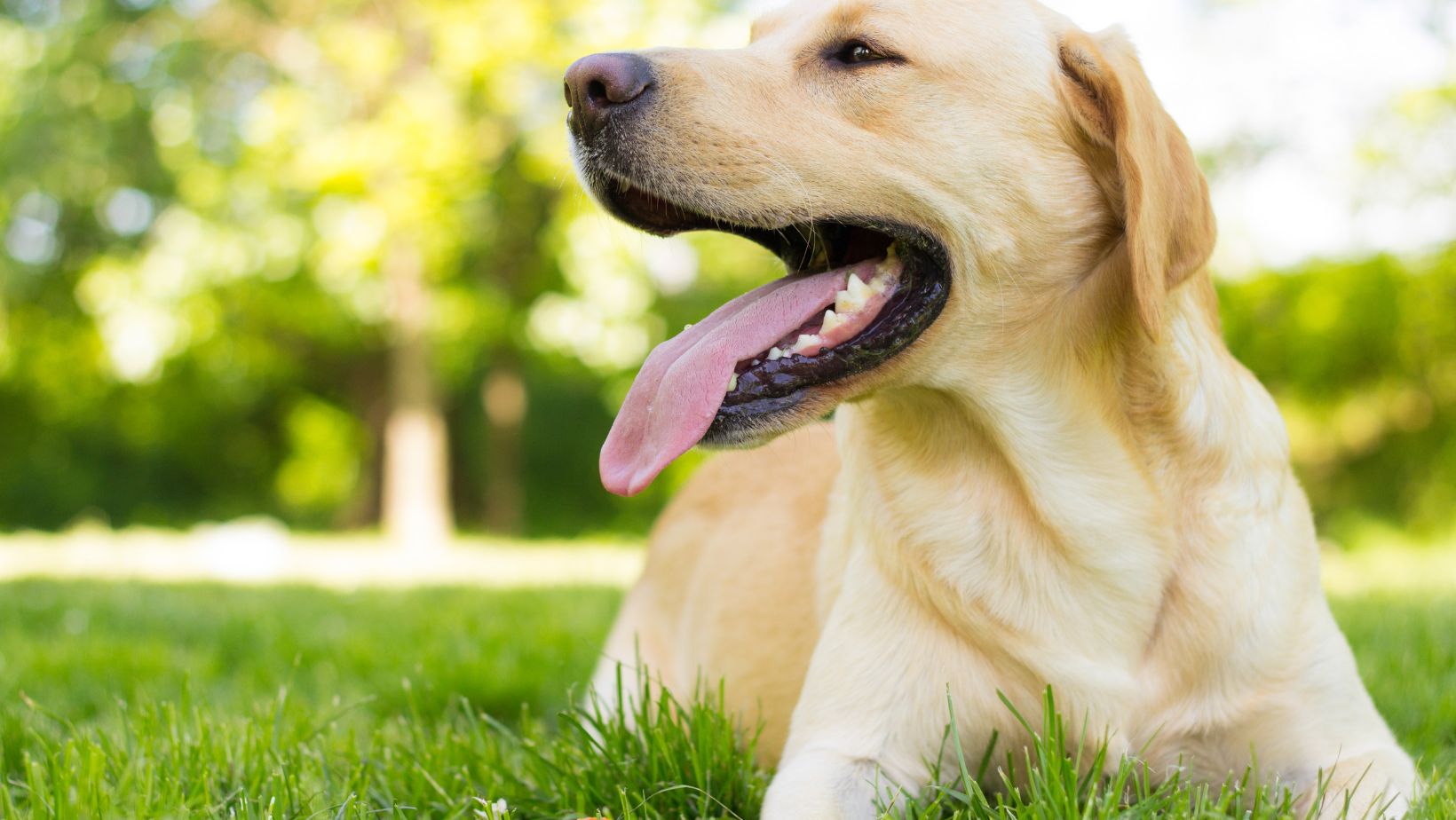How to Train Dog to be Alone
Training a Labrador to be comfortable and calm when left alone is an important skill for both the dog and the owner. Many dogs experience separation anxiety, which can lead to destructive behavior and distress. Fortunately, with proper training techniques, you can teach your Labrador to be independent and relaxed when you’re not around.
The first step in training your Labrador to be alone is gradual desensitization. Start by leaving your dog alone for short periods of time, gradually increasing the duration as they become more comfortable. Provide them with engaging toys or puzzle feeders to keep them occupied during these practice sessions.
Another effective technique is crate training. Introduce your Labrador to a crate or a designated safe space where they can retreat when alone. Make this area inviting by placing their bed or blankets inside along with some favorite toys. Gradually increase the time they spend in the crate until they are able to stay calmly for extended periods.
Consistency is key throughout this process. Ensure that you establish a routine for leaving and returning home, so your dog knows what to expect. Avoid making emotional departures or arrivals as this can heighten their anxiety levels.
By following these tips and being patient with your Labrador, you can help them develop confidence and independence when it comes to being alone. Remember, every dog is different, so tailor your approach to suit their individual needs and personality traits.

Preparing your Labrador for alone time
When it comes to training your Labrador to be comfortable being alone, it’s important to approach the process with patience and consistency. Dogs are social animals, and some may struggle with separation anxiety or become stressed when left alone. However, by following a few key steps, you can help your furry friend become more independent and confident.
- Gradual Introductions: Start by gradually introducing short periods of alone time to your Labrador. Begin with just a few minutes and gradually increase the duration over time. This will help them adjust slowly without feeling overwhelmed.
- Create a Safe Space: Designate an area in your home where your Labrador can feel secure and relaxed while you’re away. Set up their bed or a comfortable crate with their favorite toys, blankets, and treats. This designated space will become their sanctuary during alone time.
- Departure Routine: Establishing a departure routine can provide reassurance to your dog before you leave the house. Keep the routine calm and predictable, avoiding any excessive excitement or prolonged goodbyes that may heighten anxiety levels.
- Desensitization Training: Help desensitize your Labrador to triggers associated with being left alone, such as picking up keys or putting on shoes. Perform these actions throughout the day without actually leaving so that they no longer associate them solely with separation.
- Interactive Toys: Provide plenty of mentally stimulating toys for your Labrador to keep them occupied during solo time. Puzzle toys or treat-dispensing toys can engage their minds and redirect their focus from being alone.
Remember that every dog is unique, so be patient if progress is slow at first. If you notice signs of distress or severe separation anxiety in your Labrador, consider seeking guidance from a professional dog trainer or behaviorist who specializes in separation anxiety cases.
By taking these steps to prepare your Labrador for alone time, you’ll be helping them build confidence and independence, resulting in a happier and more well-adjusted companion. Creating a safe and comfortable space for your Labrador is crucial when training them to be alone. Dogs, just like humans, need a place where they feel secure and at ease. By providing a designated area that meets their needs, you can help alleviate any anxiety or stress associated with being alone. Here are some key steps to follow in creating this safe haven for your furry friend:
- Choose an appropriate location: Select a quiet and low-traffic area in your home where your Labrador can have some privacy. It could be a spare room, a corner of the living room, or even a well-ventilated crate if your dog is used to it. Ensure that the space is away from any potential hazards such as electrical cords or toxic substances.
- Make it cozy: Fill the space with comfortable bedding or blankets that your Labrador can snuggle into. Consider using items that have familiar scents, such as their favorite blanket or toy, to provide them with a sense of familiarity and security.
- Provide entertainment: Keep boredom at bay by offering interactive toys or puzzle games that will keep your Labrador mentally stimulated during their alone time. This will help redirect their focus from separation anxiety towards engaging activities.
- Establish boundaries: Use baby gates or pet barriers to create boundaries within the designated area if necessary. This will prevent your Labrador from wandering off into areas where they may get into trouble or injure themselves while unsupervised.
- Gradually increase alone time: Start by leaving your Labrador alone for short periods of time and gradually extend the duration as they become more comfortable being on their own in their safe space. Reward them with treats and praise when they handle being alone successfully.